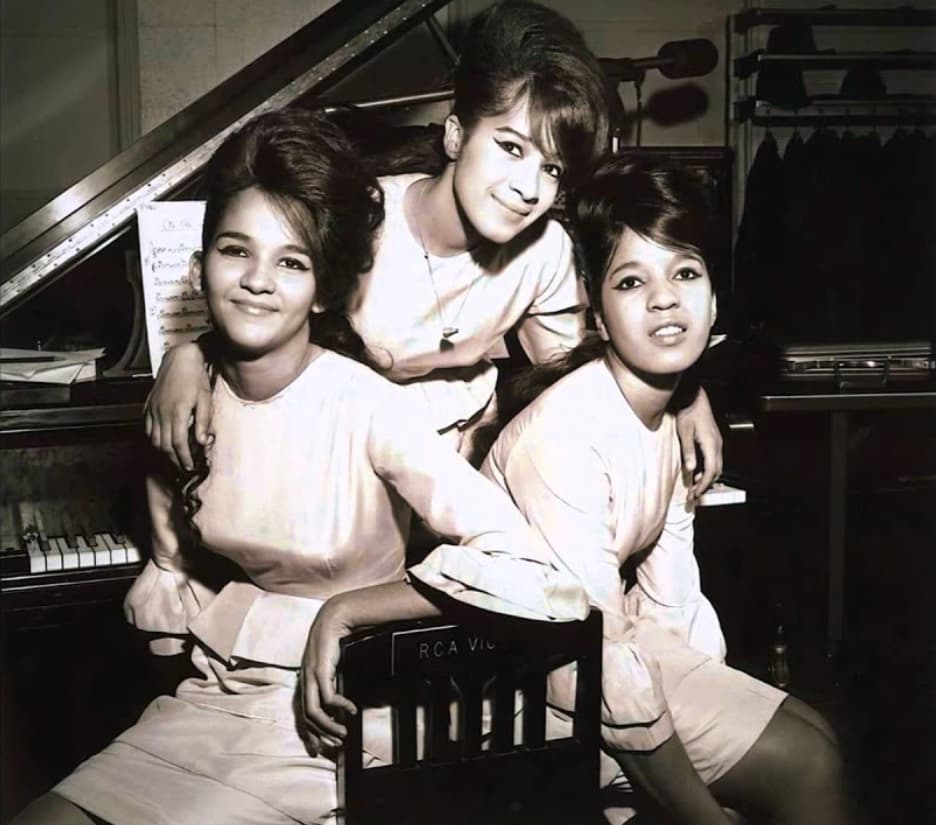
“Heartbreak Never Sounded So Sweet: A Deep Dive into The Ronettes’ ‘(The Best Part Of) Breakin’ Up’”
The Ronettes, a trio of sisters whose harmonies defined the sound of the early 1960s, brought us a unique perspective on heartbreak with their song “(The Best Part Of) Breakin’ Up”. While the title might seem paradoxical, the lyrics paint a vivid picture of a complex emotion: the bittersweet feeling of ending a relationship.
Released in 1964, the song is a prime example of Phil Spector’s “Wall of Sound” production. The dense layers of instruments, from the driving bassline to the shimmering tambourine, create an atmosphere that’s both lush and intense. Ronnie Spector’s powerful vocals, filled with raw emotion, anchor the track and draw the listener into her world of conflicted feelings.
The lyrics of “(The Best Part Of) Breakin’ Up” explore the idea that even in the midst of a painful breakup, there can be moments of satisfaction. The narrator expresses a sense of liberation and empowerment, suggesting that she’s stronger than she thought. This theme of resilience in the face of adversity is a timeless one that resonates with listeners of all ages.
One of the most striking aspects of the song is its contrast between the upbeat melody and the melancholy lyrics. This juxtaposition creates a sense of tension that keeps the listener engaged. The catchy chorus, with its repeated phrase “the best part of breakin’ up,” is both ironic and memorable. It’s as if the narrator is trying to convince herself that she’s okay with the end of the relationship, even though deep down she knows it’s causing her pain.
“(The Best Part Of) Breakin’ Up” is more than just a pop song; it’s a study of the human condition. The Ronettes’ ability to capture the complexities of love, loss, and longing is what makes their music so enduring. Whether you’re a longtime fan of The Ronettes or new to their music, this song is sure to leave a lasting impression.